This post is the continuation of Cosmonautics Memorial Museum in Moscow. I will talk about what the other rooms have but isn’t everything the museum has.
To see the first part, click in this button.
Other room
Here is model of Tsiolkovsky’s rocket project to interplanetary missions.

This is the Tsiolkovsky rocket equation, used in every space rocket project.
\Delta u=V_{eq}\cdot ln\frac{mf}{me}
- \Delta u is the rocket speed variation;
- V_{eq} is the rocket exhaustion equivalent speed;
- mf is the rocket mass with propellant;
- me is the rocket mass without propellant.
This is the first soviet experimental stratospheric rocket. Launched in August 15, 1937 and reached 3,000 meters.

Model of R-1 rocket, the Soviet copy of german A-4, in 1:10 scale. Weighed 14.4 tons and had a range of 270 km.

Stations and other objects
The Cosmonautics Memorial Museum there is a big area with many stations and other very interesting things. This is the model of Almaz orbital station.


Model of Mir space station in 1:50.

Docking of Soyuz-4 and Soyuz-5.

Soyuz’s manned module and it’s interior.



Space station Salyut-6 in 1:5 scale. Launched on September 29, 1977, and lasted 1765 days. Had two docking units and a hatch to activities outside in the space.


Zero gravity laboratory IL-76 in 1:32 scale.
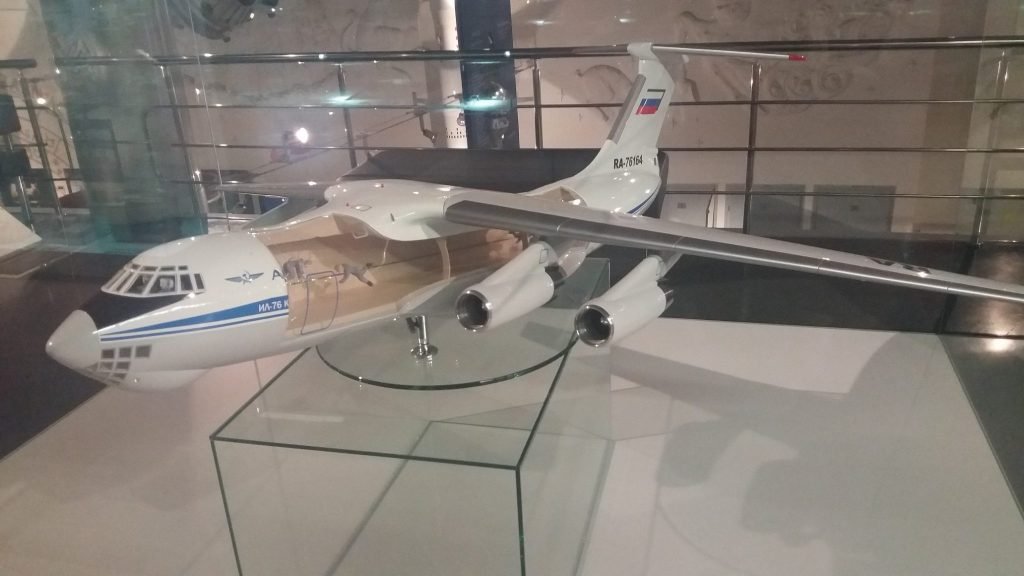
Experiments with plants in space to see the possibility to plant food.



Spacesuit Orlan-D to stay outside in space, weighed 73.5 kg.


How to get out the suit.

How was inside the Mir station.

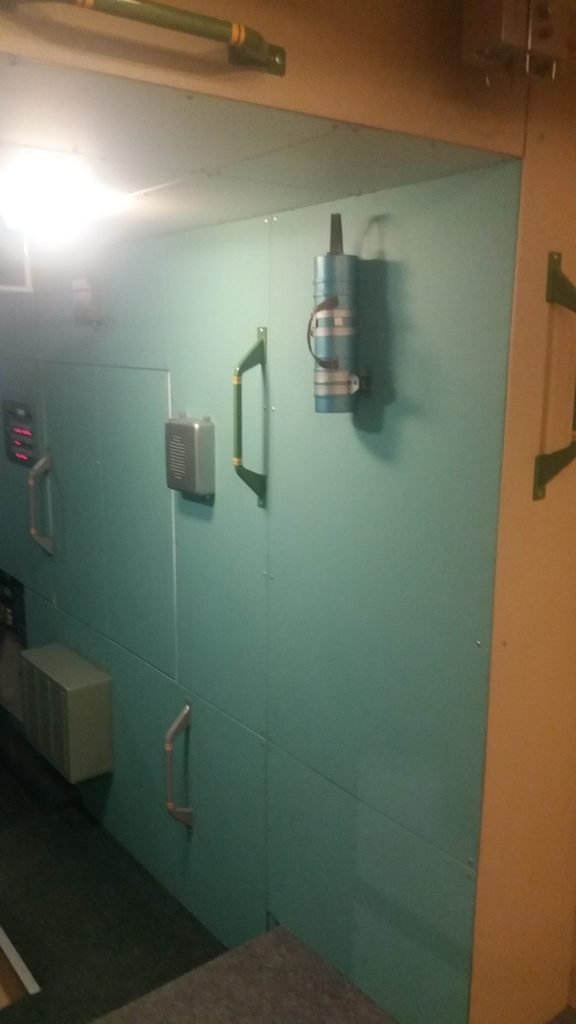



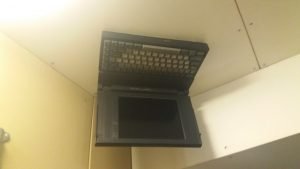



Manipulator robot sent to the International Space Station (ISS) in 2004, with a metallic finger and two cameras. Part of Russian-german experiment to operate robots in space.
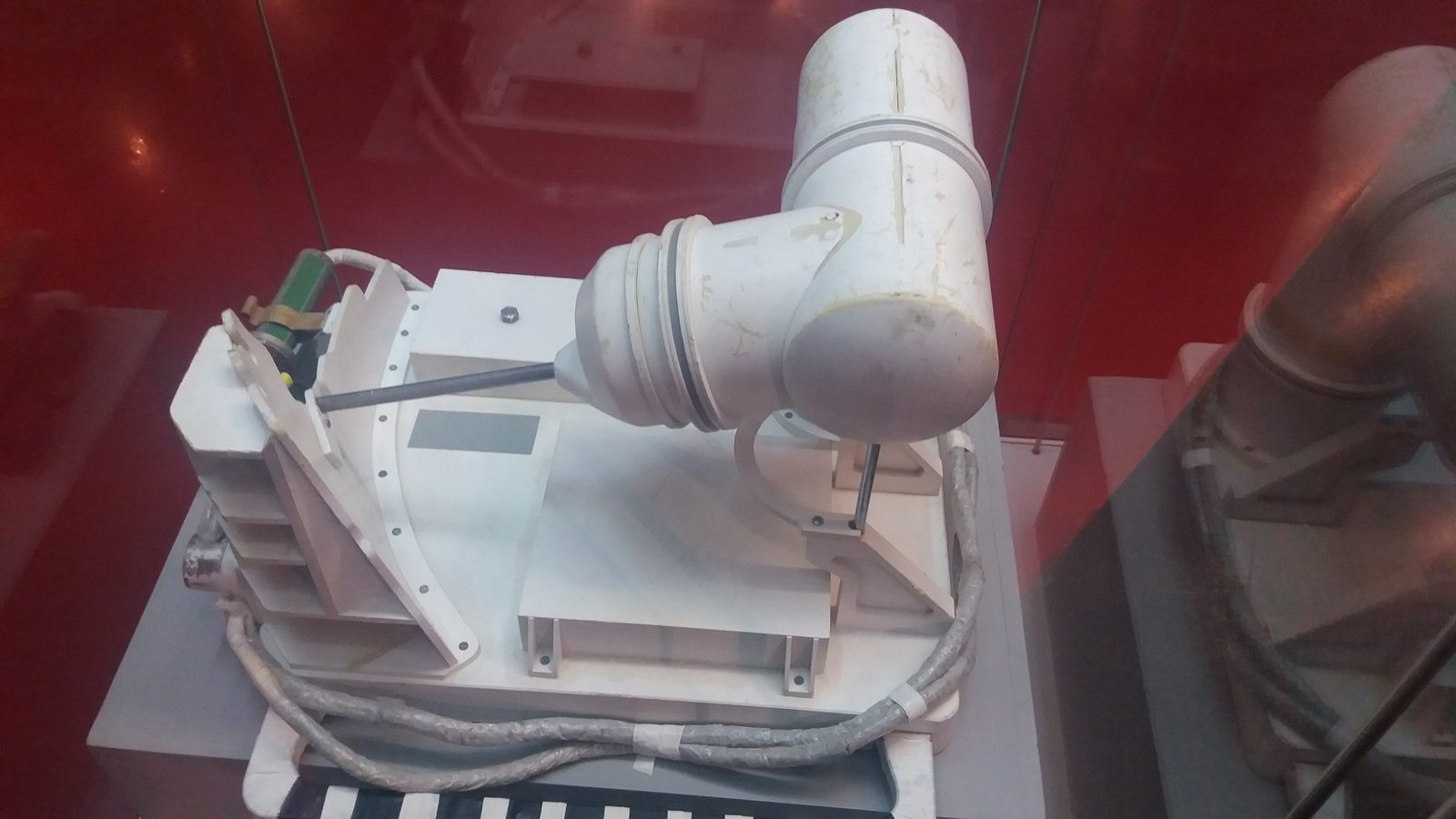
Area of satellites, probes and vehicles
The Cosmonautics Memorial Museum has another area with many satellites, vehicles, probes, and other objects. Here is the satellite from the Cospas-Sarsat system, which alerts disasters and helps in search and rescue.

A Glonass satellite, the russian GPS.

Water supply system.

Spacesuit to operations in Moon’s surface and equipment to collect samples.



The Luna-16 probe and your return capsule which returned to Earth with samples from the Moon on September 24, 1970.


The first lunar vehicle Lunokhod-1 in real size.

Communication satellites IS3 “Gorizont” and Yamal-100 respectively.


The probe Venera-4 sent to Venus in June 12, 1967.


The descent capsule of Venera-4, separated from the probe between 20,000 km and 40,000 km of height and measured the temperature, density, and chemical composition of Venus’s atmosphere.

The descent capsule of Mars-3.
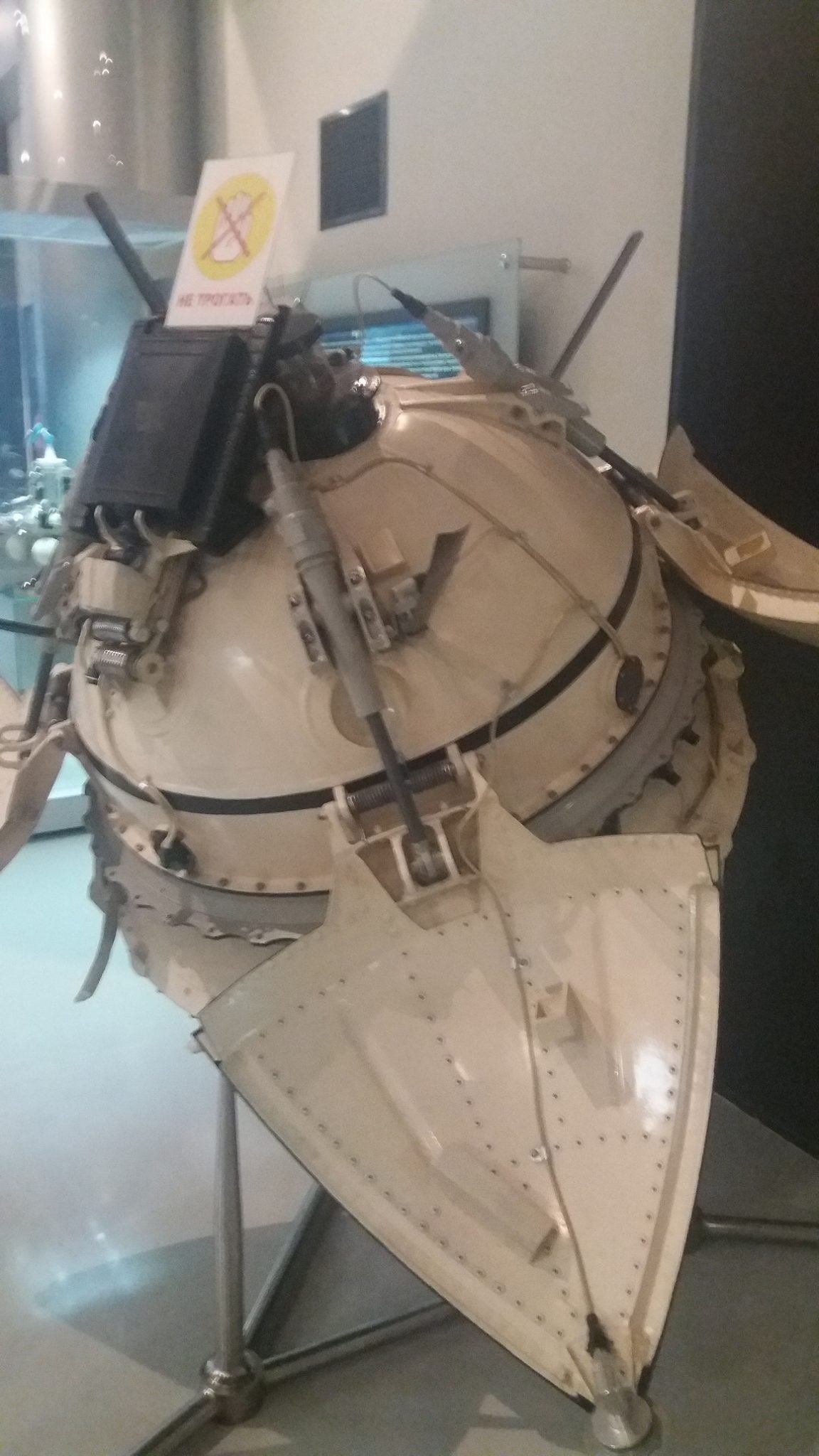
Venera-10 probe in 1:10 scale. Landed on Venus’s surface on October 25, 1975, and together with Venera-9 took panoramic pictures of the planet’s surface.

The spacecraft Bion-6 to bio-medical experiments and research. Launched on December 14, 1983.

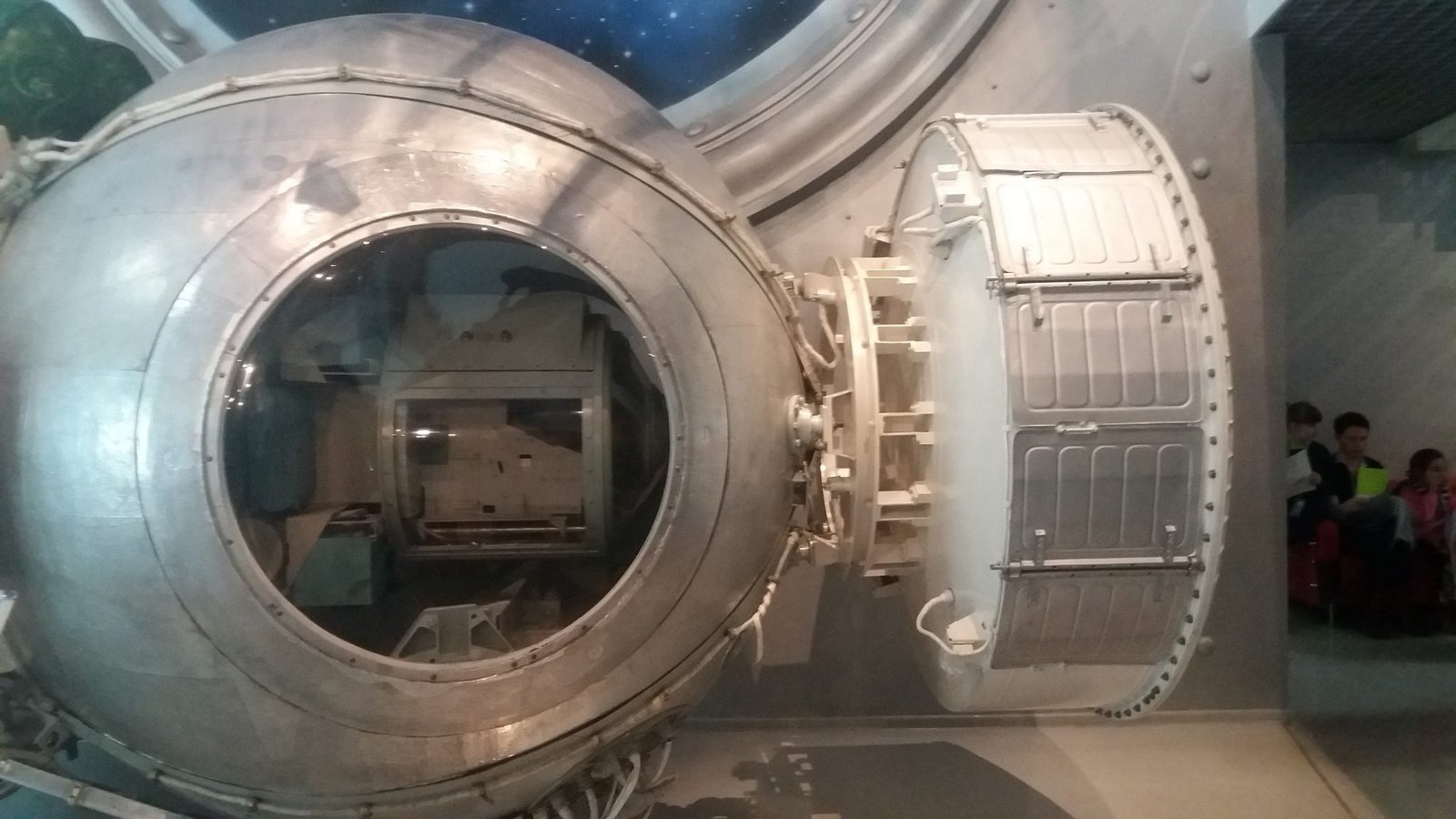
The Interkosmos-1 satellite to study X-rays and ultraviolet radiation from the Sun and your influence on Earth`s atmosphere.


Rockets
The Cosmonautics Memorial Museum also shows rockets from Russia and other countries. This is the first supersonic ballistic cruise missile, the Burya in a 1:20 scale.

R-5M rocket, the first nuclear armed missile in 1:10 scale.

Two-staged Interkosmos rocket in 1:10 scale.

Model of Baikonur launch base, in Kazakhstan, in 1:72 scale.

Model of Kourou launch base, in French Guiana, in 1:72 scale.

Jonh F. Kennedy base in Cape Canaveral, in USA, in 1:72 scale.

Rocket Saturn V, which took the astronauts to the Moon in 1:18 scale.


Launch rocket Long March 2f from China, in 1:10 scale.

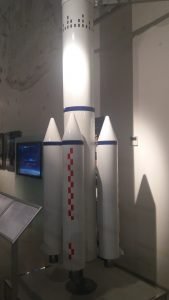
Launch rockets Vostok and Proton respectively, both in 1:10 scale.
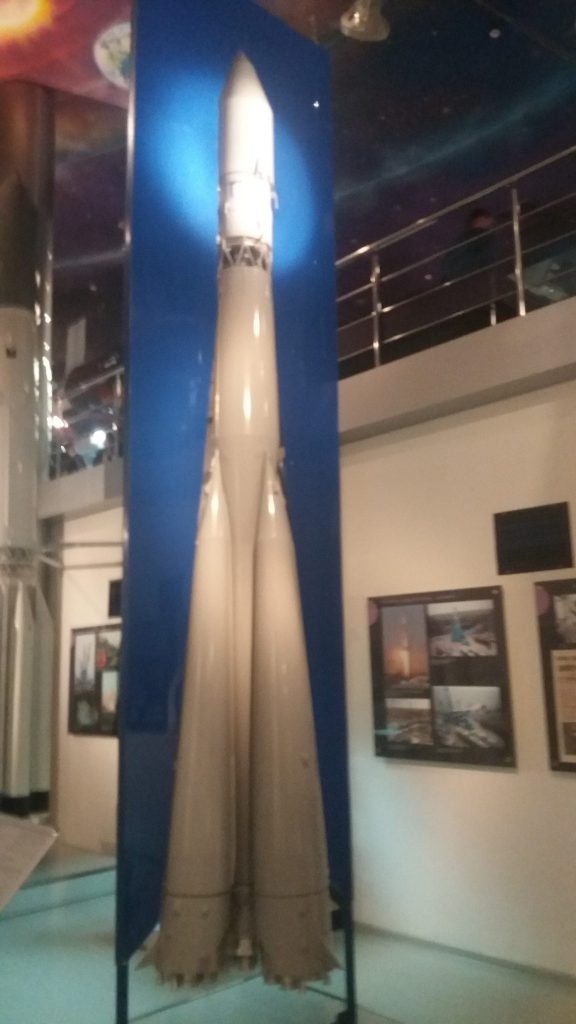

Model of soviet space shuttle Buran in 1:30 scale.


 First partClick here
First partClick here

